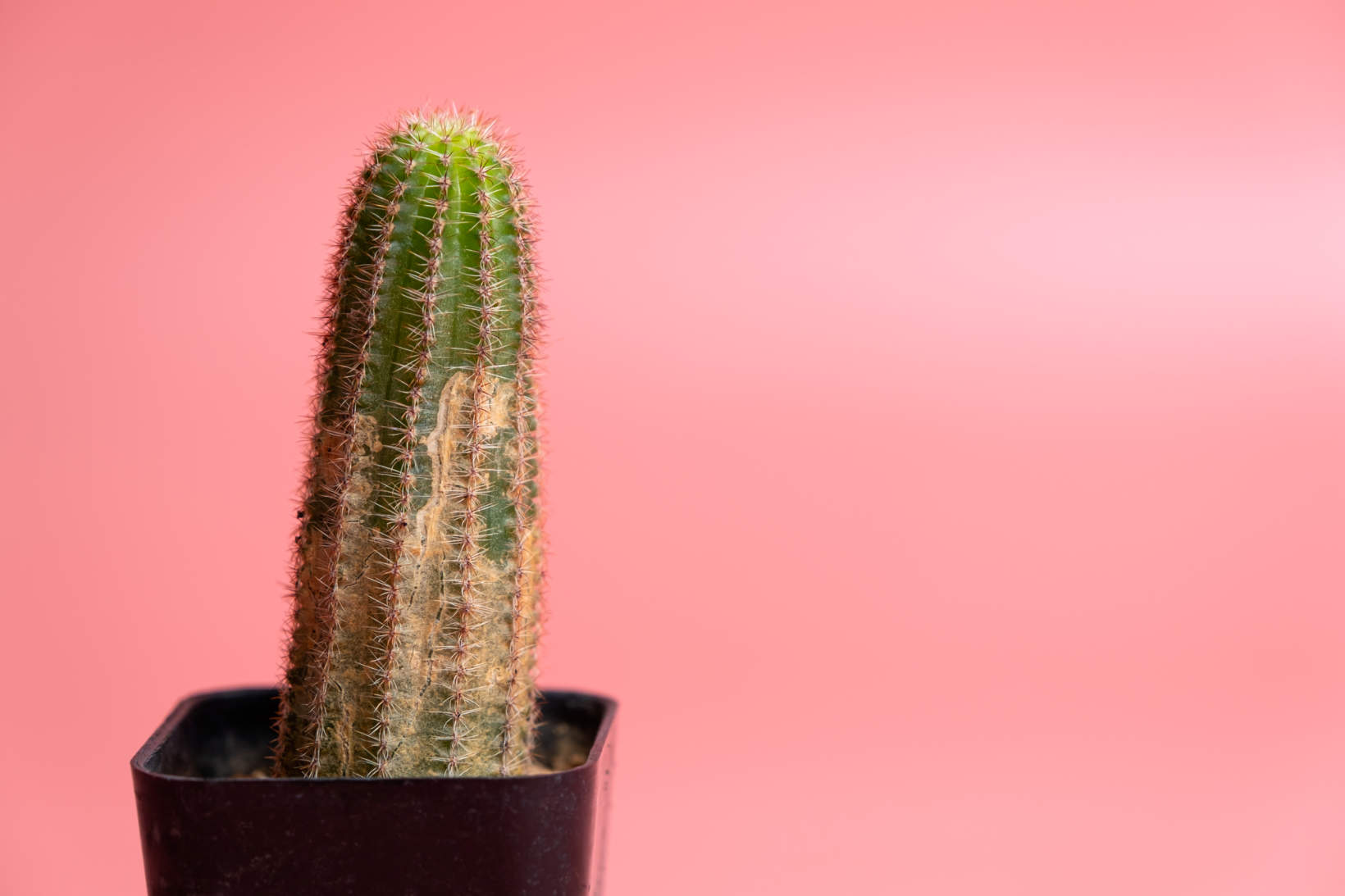Cactus Fungus: Identification and Treatment
When you care for cacti, one of the significant challenges you might face is dealing with fungal infections. Fungi can form white coatings, rust-colored spots, or watermarks, affecting the health of these unique plants. To protect your cactus, it’s crucial to recognize these signs early and take appropriate steps to treat and prevent fungal diseases.
Fungal diseases in the Cactaceae family often begin with small brown or white spots that could grow if left untreated. These infections can be caused by fungi like Phytophthora or Fusarium. Root rot is a particularly serious issue, commonly triggered when the plant sits in too much water.
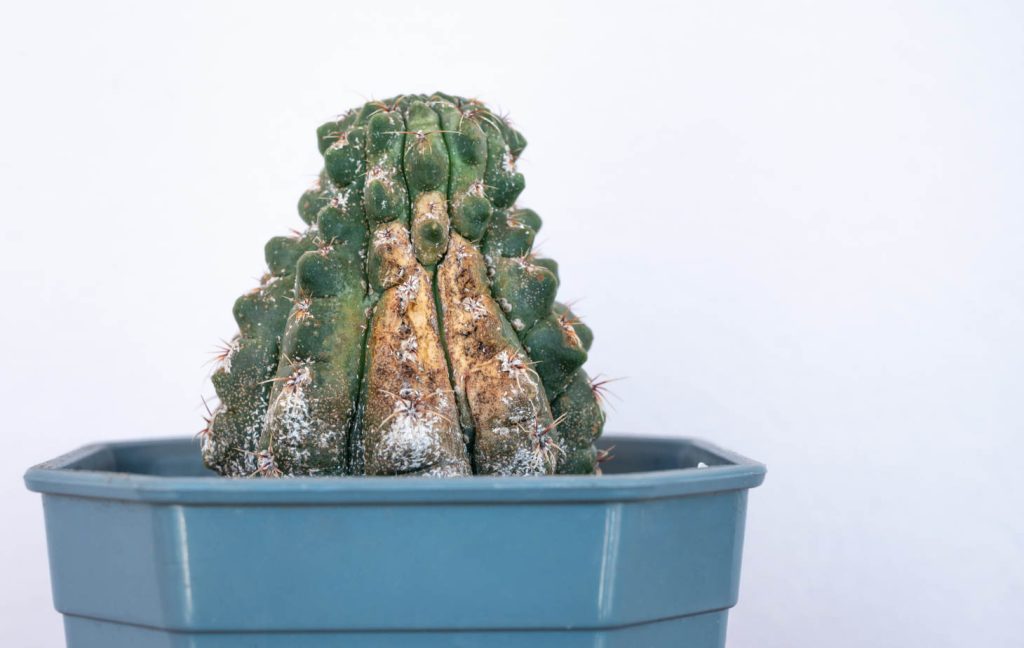
You can combat these issues by maintaining proper watering habits and ensuring your cactus is not in a consistently wet environment. Applying neem oil or organic horticultural oils also helps in managing mold or surface fungi on your plants. By keeping a keen eye on changes in your cactus’s appearance, you can enjoy healthy plants that beat the threat of fungi.
Understanding Cactus Diseases
Cactus diseases can cause significant harm to plants and are often caused by fungal infections. Knowing specific diseases, identifying symptoms, and understanding the causes can help in managing and preventing these problems.
Common Fungal Diseases
Fungal infections are a common issue for cacti. Diseases like Fusarium wilt and anthracnose can cause serious harm. Fusarium wilt damages the vascular system, leading to wilting and yellowing. Anthracnose presents as dark, sunken lesions and can spread quickly in humid conditions. Another frequent issue is cotton root rot, which affects the roots and causes the plant to collapse. Keeping cacti healthy involves recognizing and treating these diseases early. Regularly inspecting your plants helps in spotting problems before they become severe.
Disease Identification
Identifying diseases in cacti involves looking for specific symptoms. Fusarium wilt typically shows as yellowing and wilting of the plant. Anthracnose appears with dark spots or sunken areas. For cotton root rot, plants may droop and have a decayed root system. Signs of infection may also include a rust-colored or black spot surrounded by a dried brown section. Use apps or guides to compare symptoms for an instant plant ID. Testing the soil and checking plant stems can provide more clues to a proper diagnosis.
Causes and Risk Factors
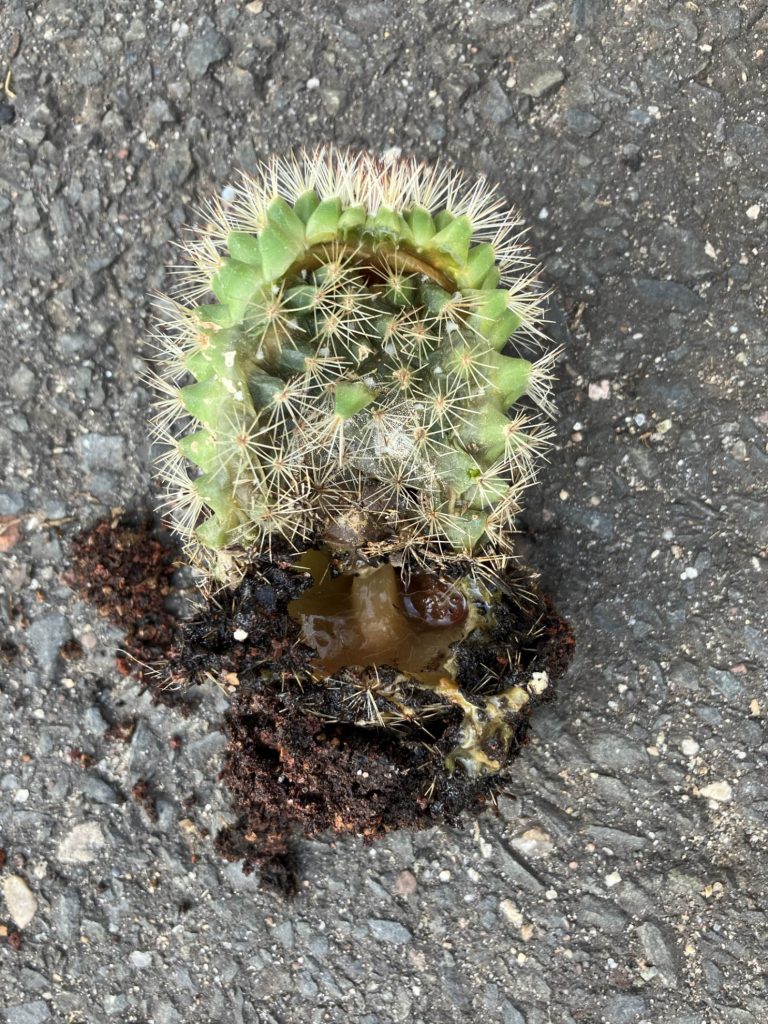
Understanding the causes of cactus diseases is crucial for prevention. Overwatering is a major risk factor, creating conditions favorable for fungal growth. Poor drainage can lead to moisture buildup, encouraging infections like root rot. Low temperatures and frost can damage cacti, opening pathways for fungi. Placing a cactus in a location with good air circulation helps reduce disease risk. Avoiding excess moisture and ensuring proper watering practices go a long way in keeping your cactus healthy. Use soil blends designed for cacti to improve drainage and reduce fungal risks. Maintaining good hygiene by cleaning pots and tools can further lower disease chances.
Cactus Fungus Prevention and Treatment
Managing cactus fungus involves a combination of prevention, the use of specific fungicides, and treatment of infected plants. Maintaining good care practices helps prevent infections, while effective treatments can manage diseases when they occur.
Preventative Measures
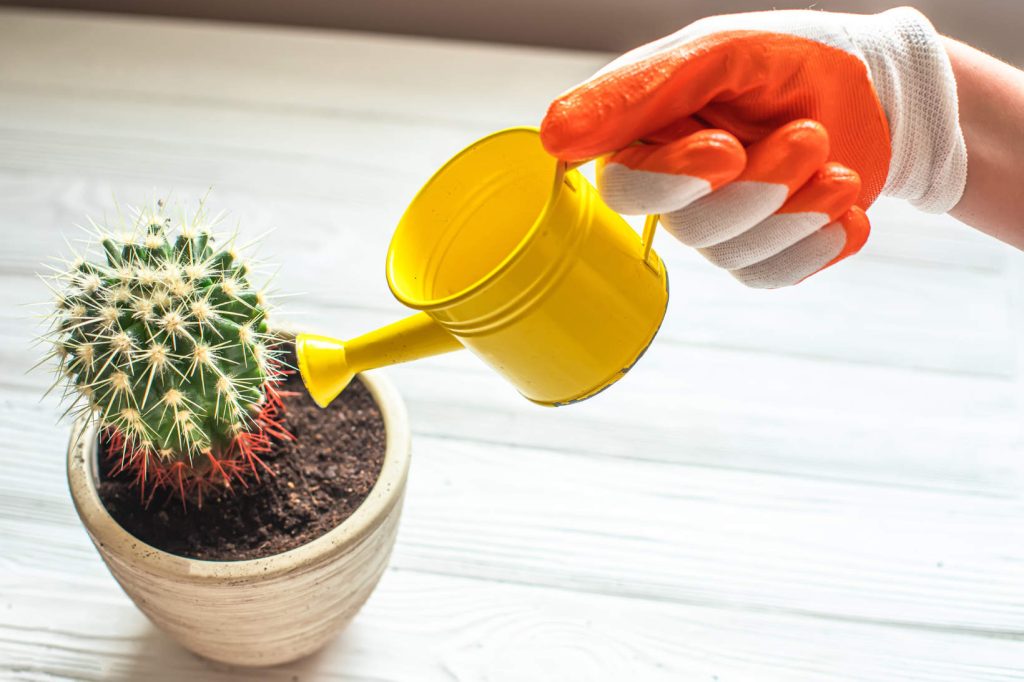
Proper watering is vital for cactus health. Overwatering can lead to conditions such as fusarium wilt and other fungal diseases. Water your cactus only when the soil is dry. Ensure your pot has good drainage to avoid water accumulation.
Monitor humidity levels, especially in indoor settings. High humidity can encourage fungal infections. Increasing air circulation around cacti helps prevent disease.
Always use sterilized tools when handling your cactus to prevent anthracnose or other cactus diseases from spreading.
Effective Fungicides
Applying a fungicide may be necessary if you notice early signs of fungal disorders. Copper fungicide is commonly used and effective against many fungal infections.
Follow the instructions on the fungicide label for best results. Ensure that the sprayed surfaces are thoroughly covered, as this increases its effectiveness in preventing further fungal growth.
Consider organic fungicide options, like neem oil, which can be less damaging to the environment while still providing effective results.
Treatment Approaches for Infected Plants

If fungal infection occurs, act quickly. Remove any infected parts of the cactus to prevent the disease from advancing. Use sterilized tools to cut away damaged areas.
Treat the affected area with a suitable fungicide to halt the infection. Monitor the cactus closely for any signs of continued infection.
Improving care conditions, such as adjusting sunlight exposure or changing soil, can also aid in the recovery of an infected plant. With appropriate attention, your cactus can often recover and continue to thrive.
Impact of Environmental Factors
Watering and temperature play crucial roles in affecting the health of cacti, particularly influencing the occurrence of fungal diseases. It’s vital to understand how these factors contribute to the development and prevention of these issues.
Watering and Moisture Control
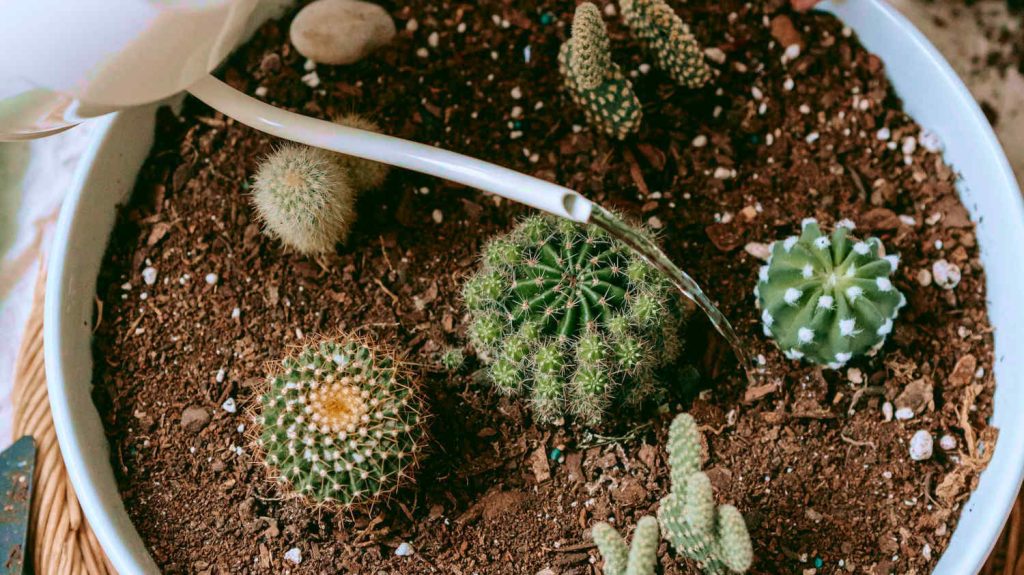
Understanding how to water cacti properly is essential to preventing fungal infections. Overwatering is a common cause of these problems. When a cactus receives too much water, the roots can rot, leading to fungal diseases. It’s important to let the soil dry out completely between waterings.
Strategic watering practices can make a significant difference. Choose a pot with good drainage and use a well-draining soil mix. Water less frequently during the winter months when cacti enter dormancy. Monitoring humidity levels helps, too, as excessive moisture encourages fungal growth.
Temperature and Frost Considerations

Temperature fluctuations can also affect cactus health, particularly during frost conditions. Many cacti are adapted to survive in warm climates, so freezing temperatures can be harmful. Frost damage may result in black spots on the stems, which are prone to fungal infections.
To prevent this, protect your cacti by moving them indoors or covering them during cold snaps. Temperature control aids in maintaining plant health. Positioning your cactus near a sunny window provides warmth during colder months. Use frost cloths or other coverings for added protection when there’s a risk of frost. Keeping temperatures stable reduces stress and disease risks.
Frequently Asked Questions
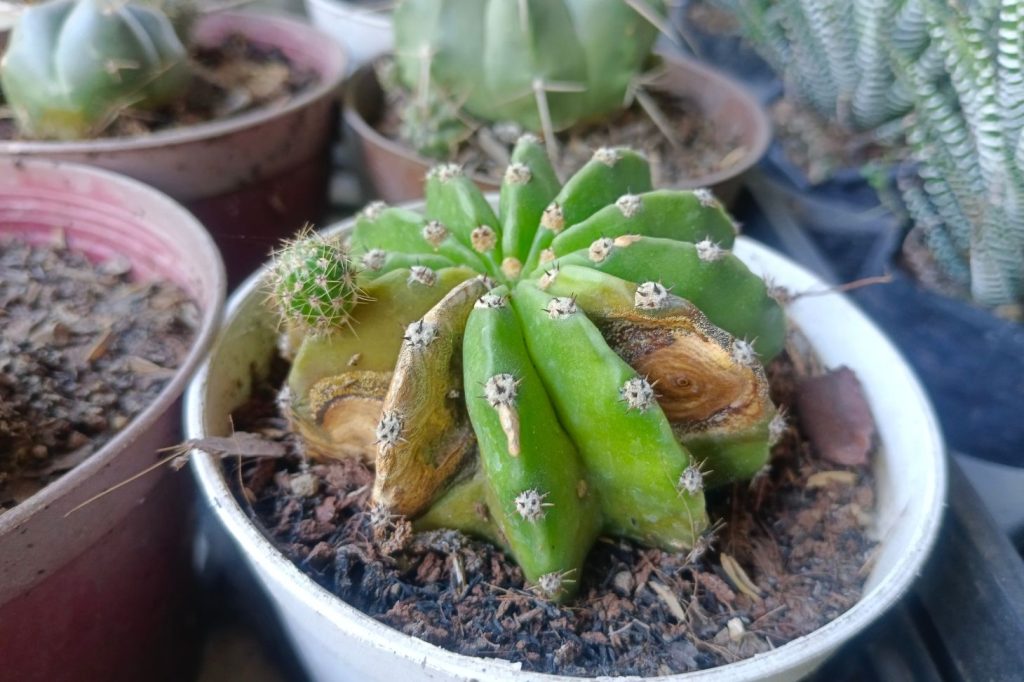
When dealing with fungus on your cactus, identifying symptoms early and selecting the right treatment is important. Here, you’ll find practical advice on recognizing and treating fungal infections on cacti.
What are the available treatments for fungal infections in cacti?
You can treat fungal infections using fungicides specifically designed for cacti. Some people also use a mix of water and baking soda as a natural remedy. Keeping your cactus dry and ensuring proper air circulation can help prevent further growth of the fungus.
How can I identify fungus on my cactus through symptoms or signs?
Look for signs like rust-colored or black spots, water spots, or a white fuzzy coating on your cactus. The affected areas may appear dried or have a different texture compared to healthy parts of the plant.
Are there any particular sprays recommended for treating cactus fungus?
Use fungicides that are safe for cacti. These sprays can effectively combat fungal infections without harming your plant. Always follow the instructions on the label for the best results.
What does white fuzz on my cactus indicate?
White fuzz often signifies a fungal infection. It might be mildew or a type of mold. This can occur when the plant receives too much water, leading to a damp environment.
How can rust fungus on cactus be effectively remedied?
To treat rust fungus, remove infected areas and apply a fungicide. Keeping your cactus in a well-ventilated space with less humidity can help prevent recurrence.
What steps should be taken to treat a cactus infection?
Start by isolating the affected plant. Trim away any diseased parts carefully. Use a cactus-specific fungicide as directed. Ensure your plant gets adequate airflow and reduce watering to avoid creating conditions favorable to fungus growth.

